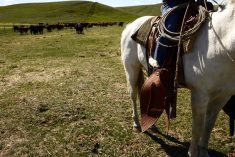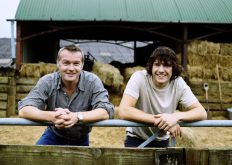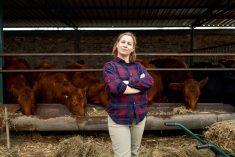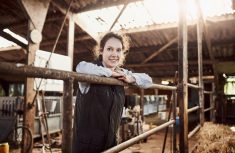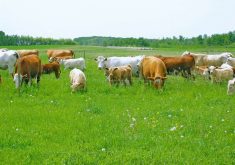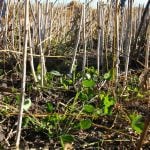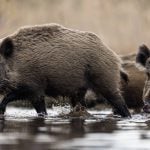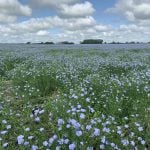Kelly Sidoryk on getting yearlings used to moving through the corrals and chute.
For cattle people in North America, Bud Williams was widely known for his low-stress livestock handling ability. So much so, that the square pen at the end of a lead-up alley is commonly referred to as a “Bud box.” He had a skill that was rarely matched.
Read Also
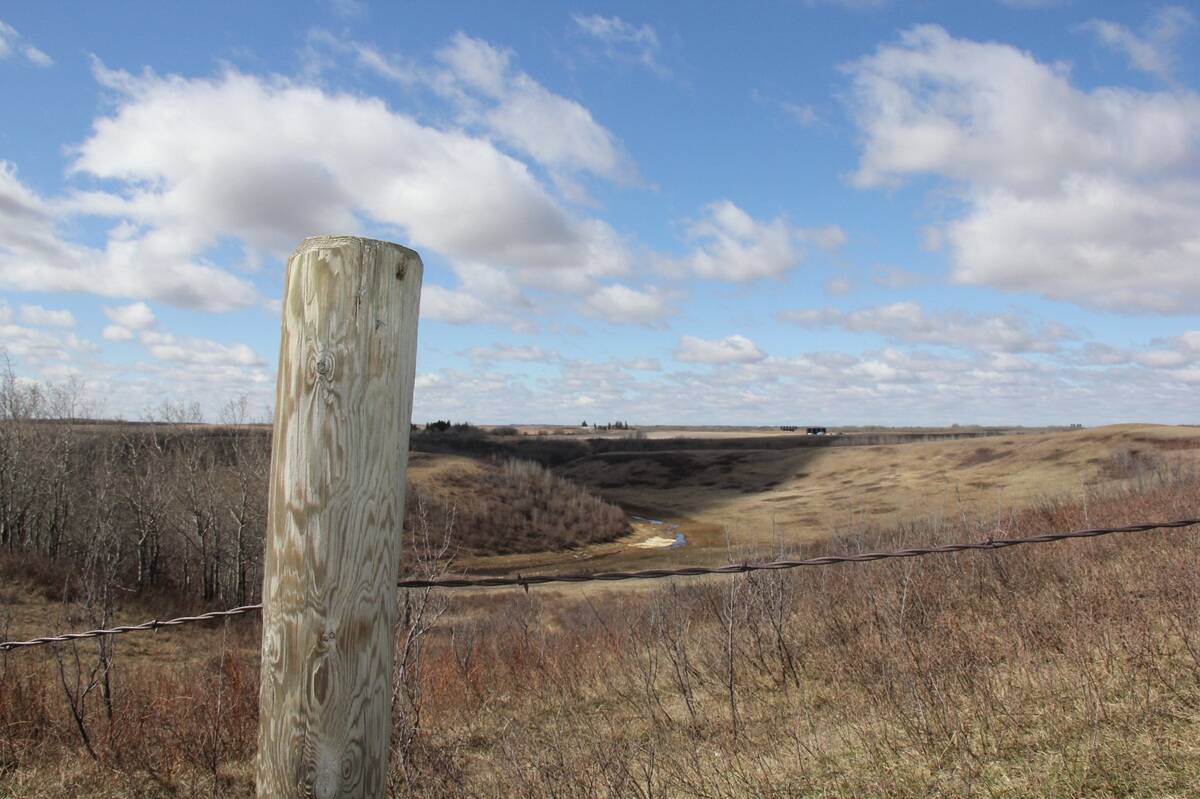
Linking human evolution to leadership on the ranch
Simon Sinek’s new book explains why leaders need to foster a feeling of belonging, trust and co-operation in their organizations
We recently had Dawn Hnatow come and conduct a stockmanship clinic. Dawn spent many years under the tutelage of Bud.
She has a depth of experience and wisdom along with a great ability to share it. Some 30 years after taking a school from Bud, it struck me that there are several between working with livestock and working with the people.
We often feel the pressure of time, but allowing for extra time can pay off in the long run. Dawn cited a study that said a bad gather can result in up to 10 per cent more pounds of shrink. For yearlings currently worth well over $2.00/pound that can add up. Ten per cent of 850 is 85 pounds. times $2.20 is $187.00 per head.
Dawn shared several livestock handling principles including:
- Keep the animals in a normal frame of mind.
- Animals should not be forced to do anything that they are not ready to do.
- Set up every situation to let our idea become the animal’s idea.
- Animals can take pressure, but they need to feel a release from pressure.
- Animals prefer to stay in the herd.
- Animals prefer to move in the direction that they are looking.
- Animals like to follow other animals.
- Good movement attracts good movement.
- Animals want to see what is pressuring them.
- Animals want to see where it is you want them to go.
- Animals prefer to go by or around you.
- Under excess pressure, animals want to go back the way they came.
A specific technique she talked about was using an upside-down T formation to drive animals to a gate and establish direction. The herd makes up the center of the T and we as handlers form the base of it, trying to keep that base in a straight line as much as possible. It is important that everyone knows where the gate is. Relating this to other ranch activities, we must make sure all members of the team know what the desired destination or outcome is.
Bring a plan and share it with others on the team. You may have heard the old saying about the importance of looking in the direction that you want to go. I have often heard this advice when riding. This is similar to leadership expert Stephen Covey’s concept, which is to begin with the end in mind. Also, recognize the difference between all of the individuals that make up the herd and know that each of them will have different responses to pressure and flight zone.
Another strategy was the reverse parallel, where you go alongside the line of cattle in the opposite direction they are going to put pressure on them to speed them up. The opposite works, too; going in the same direction and slowing them down. A way to easily envision this is moving cattle in a lead-up alley to a chute. Walking quickly past them in the opposite direction will put pressure on them to move forward.
Dawn also related to when animals are in an alley and piling up at an end. One way to get them convinced to go the other way is to put pressure on them, following the principle that under excess pressure they want to go back from where they came. I would relate this to reverse psychology with people.
She emphasized the importance of our own mindset and attitude. Also applicable to human interactions, keeping an open mind, really looking at what our own attitude is and accepting responsibility for it. She quoted Bud many times, “You will create what you anticipate.” Make sure that we are trying to anticipate positive outcomes as we are working with the animals. Or people.
Practice is a way for us to improve our livestock handling. “You can’t just expect that the animals will know what we want to do or that you become skilled without practice,” she said.
“Tennis star, Serena Williams doesn’t only play championship matches but spent hours and hours practicing and that’s important as we too are trying to improve our stockmanship.”
A rocking motion is a specific technique to stop and turn animals. The zig-zagging strategy is used to drive the herd. I have since paid more attention to our son’s border collie and her instinctual use of the zig-zag motion when following a herd.
Kelly Sidoryk explains and demonstrates the zig-zag strategy when working cattle.
New since the days of working with Bud, Dawn shared drone footage of cattle moves. This is an excellent way to help understand perspective. It is easy to see from the bird’s eye view when people are out of position or putting on too much pressure. We can only see what we can see and if you are on the other side of a hill it may be impossible to know what is happening at the gate.
Also keep in mind flexibility. When one approach is not working, consider that there is another way that the animals may be more willing to go. If things get out of hand take the time to regroup and de-escalate the situation, also appropriate when working with humans. The whole idea of the low-stress approach is to keep things relaxed and calm, not blowing up or getting into a fractious situation.


